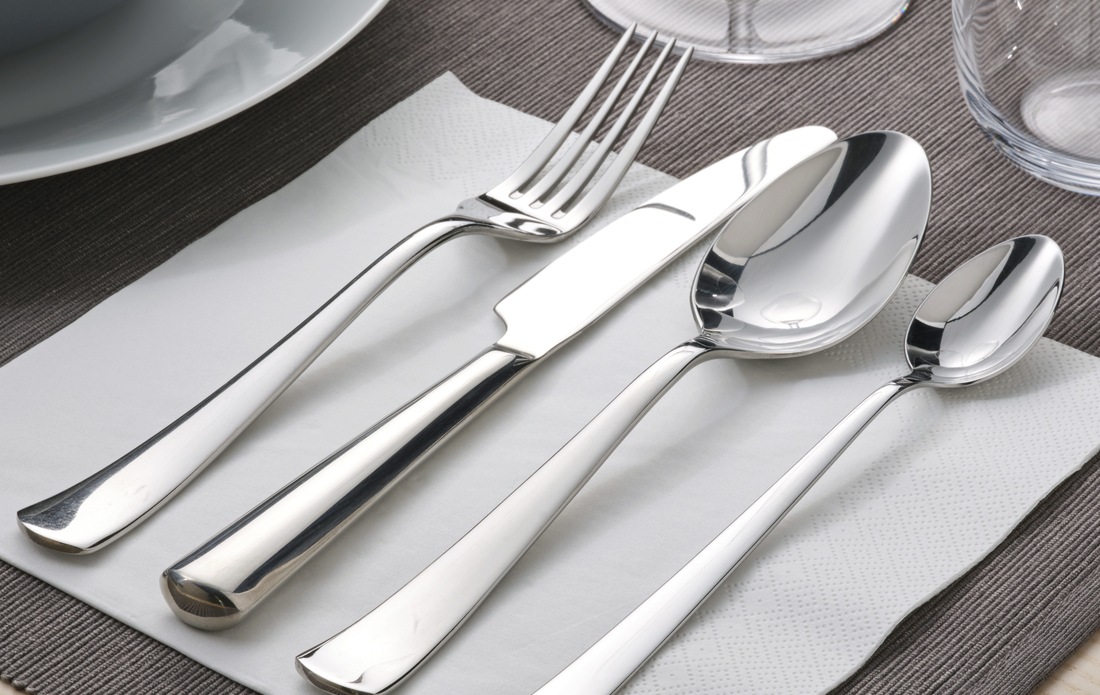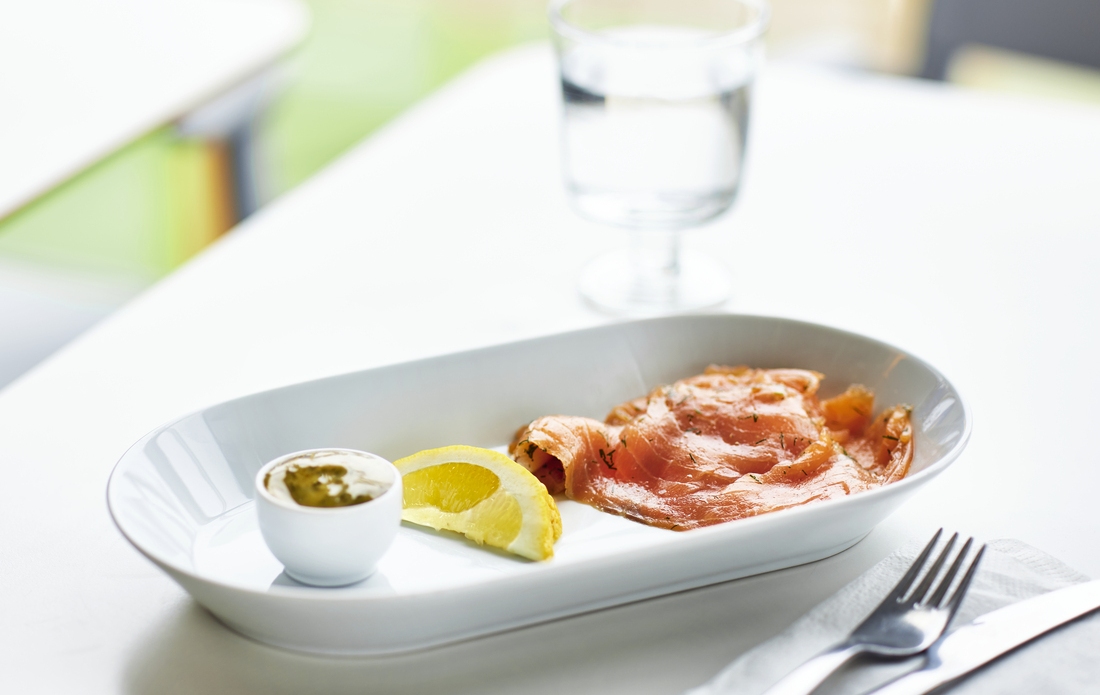8 Meanings behind spoon and fork placement after a meal



Enjoying a meal is not just about taste, but also about how we appreciate dining as a complete experience.
One way to show this appreciation is by understanding the meaning behind spoon and fork placement after a meal, especially during formal or casual dining events.
This article will guide you through the hidden messages of proper table manners, especially in how you place your utensils. Keep reading to make your dining experience more mindful and memorable!
Mastering basic dining etiquette is essential to creating a polite and elegant dining atmosphere.
Beyond just enjoying the flavors, your behavior at the dining table reflects your character and respect for others. Below is a breakdown of dining etiquette and how utensils are used at the table.
Read also: Recommended multi-purpose kitchen tools for practical cooking
Table manners are a set of rules applied to eating behavior, whether in a family setting or at a formal banquet.
Knowing and applying these manners helps us show courtesy, respect, and professionalism, especially in formal or international settings.
In a formal setting, utensils such as spoons, forks, and knives are arranged according to the order of courses.
For instance, forks are placed to the left, and spoons to the right. This is not done randomly—it is arranged to ease the dining experience from appetizers to dessert.
In restaurants or formal meals, the way you place your spoon and fork after a meal acts as a form of nonverbal communication.
The position you choose can signal to the waiter whether you are still eating or have finished. This becomes a polite and efficient way to express your needs without saying a word.
Knowing how to place utensils not only leaves a professional impression but also creates a more thoughtful dining experience. Here are various common positions used before, during breaks, and after eating.
Before the meal, utensils are arranged from the outside in, based on the order of courses. Soup spoons are typically on the right, forks on the left, and knives to the right with the blade facing inwards.
If you’re taking a break mid-meal, place your utensils in a small triangle shape—for example, the fork at 8 o’clock and the spoon at 4 o’clock. This tells the waiter that you are not done and wish to continue eating.
When the meal is done, place your spoon and fork vertically (from bottom to top of the plate). This is a polite signal indicating that you're finished and your plate can be cleared. This arrangement symbolizes formality and shows respect for the meal just completed.
Understanding the meanings behind utensil placement can enrich your dining experience, especially at formal gatherings.
Here are eight spoon and fork positions and their meanings:
Vertical Position: Indicates the meal is finished.
Placing utensils vertically from 6 to 12 o’clock in the center of the plate is a universal signal that the meal is done.
Crossed Position (X): Indicates you're not finished.
Crossed utensils form an 'X' in the middle of the plate, signaling a temporary break and that you'll continue eating.
Diagonal Position (4 to 10 o’clock): Finished and enjoyed the meal.
A subtle compliment to the chef or host, showing you’re done and appreciate the dish.
Crossed in the Center (Overlapping Ends): Not satisfied with the meal.
This position can express dissatisfaction, but such messages should always be conveyed politely and with discretion.
Touching Ends (Side by Side): Requesting a second serving.
Indicates you’re ready for another portion or the next course, done politely without speaking.
Fork Left, Spoon Right (Side by Side): Ready for the plate to be cleared.
A common signal across cultures that the meal is over and the plate can be taken.
Diagonal Cross (5 to 11 o’clock): Request for additional service.
May indicate you want more drinks or dessert before ending the meal.
Utensils on the Edge of the Plate: Waiting or leaving momentarily.
An informal signal that you're waiting for someone or stepping away briefly, often used in casual settings.
In formal dining events, placing utensils correctly is a sign of respect and etiquette.
Utensil Arrangement by Course: Use utensils from the outside in, following the course sequence.
Spoon Placement at Banquets: Usually placed on the right for soup or dessert, though placement may vary by menu.
Difference Between Home and Restaurant Settings: Home settings allow more flexibility; restaurants follow precise international standards.
Elegance and practicality are key in setting a pleasant dining atmosphere. Combining comfort with design makes table setting an enjoyable activity.
Select a dining table from IKEA that is not only functional but also complements your dining room's design—whether minimalist, modern, or classic.
Comfortable dining chairs enhance the eating experience. Choose chairs from IKEA that offer good support and match your table style—available in wood, metal, or plastic.
Dining utensils also contribute to the table's aesthetics. Pick items that are both functional and visually pleasing: plates, glasses, spoons, forks, and bowls.
Good lighting creates a warm dining atmosphere. A pendant lamp above the table provides enough light, while softer lighting adds intimacy.Choose lighting according to room size and design style.
Read also: A personal eating starter kit
Mastering table manners and utensil placement is not just about neatness—it shows care, elegance, and appreciation for the moment.
Whether at home or formal dinners, this knowledge helps create a delightful and memorable experience.
Let elegance and functionality harmonize on your dining table with IKEA. Explore more table setting inspirations and dining essentials today!
Don't miss IKEA's Promo Murah for a wide range of quality dining essentials at more affordable prices. Check it out now and complete your collection!
Author:
Ayu Nindyakirana as Web & Digital Content Specialist
Please enter the verification code sent to your WhatsApp
Did not receive OTP?
Resend code in seconds